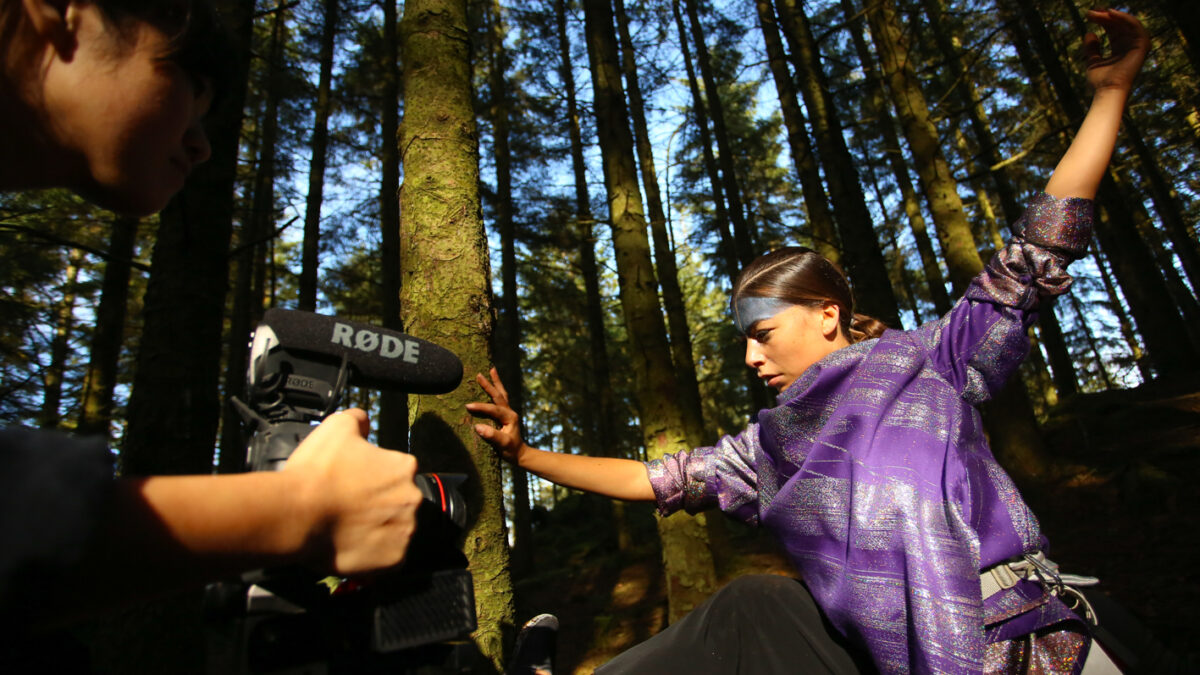The Future of Arts Governance
Wed 13 Nov 2024In October 2023, we appointed two passionate Associate Board Members to work alongside the AND Board of Trustees through a 12 month development programme. The programme aimed to support individuals to gain board-level experience and explore the purpose of the role, as well as further enriching our range of expertise at AND. Savena Surana, an award-winning creative communicator and producer, reflects on the experience and shares provocations on finding different ways to critically and creatively engage with trustees.
Over the past year, I have had the pleasure of being an associate board member for Abandon Normal Devices.
This has meant that while I am privy to the world of being a trustee, I haven’t had the same legal duties. Yet during this time, I’ve learnt what it takes to be an NPO for Arts Council England, what a subcommittee is, and how to write a risk register.
Whilst I have worked and continue to work with small and large charities, my experience as a trustee before this programme was more transactional – writing board minutes, presenting programme updates or collecting data. Rarely have I thought of a board as a community to learn from and contribute to. This is partly because I had always considered board members to be very well established in their careers and, well… older than me! I didn’t know anyone around my age on a board.
But now, as my year with AND wraps up, I’m more convinced than ever that charities, especially artistic charities, must find different ways to work with boards.
There is a growing need to evaluate the role of a board in a charity, especially one engaged with radical arts. The charity structure is reliant on volunteering time and a top-down structure of “the board” and “the org.” So, how can we adapt the framework to still hold true to artistic principles but work within the system?
Hiring young people to the board is a great step in the right direction. Having people under 35 on a charity board unlocks a wealth of knowledge in the ever changing arts and culture landscape. Just because we may not have as much experience as others, it does not mean the experience we have had does not have value.
Bringing young people in is a signal internally and externally that this is a charity looking forward. This is especially true for arts charities, which need to help foster a new generation of artists and cultural makers in a landscape in which opportunities are scarce. AND walked the walk in this sense by creating the associate board member positions themselves.
Looking at the history of radical arts, these groups have tended to find themselves existing as co-operatives or artist collectives but have failed to receive support to scale and financially support themselves. However, these organisations had collective decision-making at their heart, which doesn’t naturally arise from a charity structure. So, how can we make fair and considered decisions? What does it mean to make radical decisions within this system? At AND, I was grateful to join the charity at the same time as the new leadership team. It feels like an exciting time for the charity as it underwent a radical recruitment process to find the right fit for the organisation. Since then, everyone has worked together to create this new working relationship. So whilst the charity structure is one long accepted in the industry, the balance of power between trustees and the organisation can be carved and agreed on together.
This goes hand in hand with the need to shift charitable funding for radical arts programming. Artists know that their work doesn’t necessarily lend itself to traditional or quantifiable metrics. Not everything can be counted in visitor numbers or quotes. How charities are funded and measured needs to be examined in order to retain artist integrity.
The charity structure is (rightfully so) under a lot of scrutiny as to who gets to “be” a trustee – it often ends up being people from privileged backgrounds due to the time commitments and voluntary status. A “charity” is a structure given in the arts and culture industry, even if the funding landscape is trickier to navigate each year. I think that reexamining what it means to be a “charity” in the UK could be an exciting place to start for any organisation working in the arts.
Thank you to Savena Surana and Jessica Straker for their generous and invaluable support this year as our first ABMs. You can read AND’s reflections on our journal.
Image: Where the City Can’t See, Liam Young for AND Festival 2015. Credit Chris Foster
